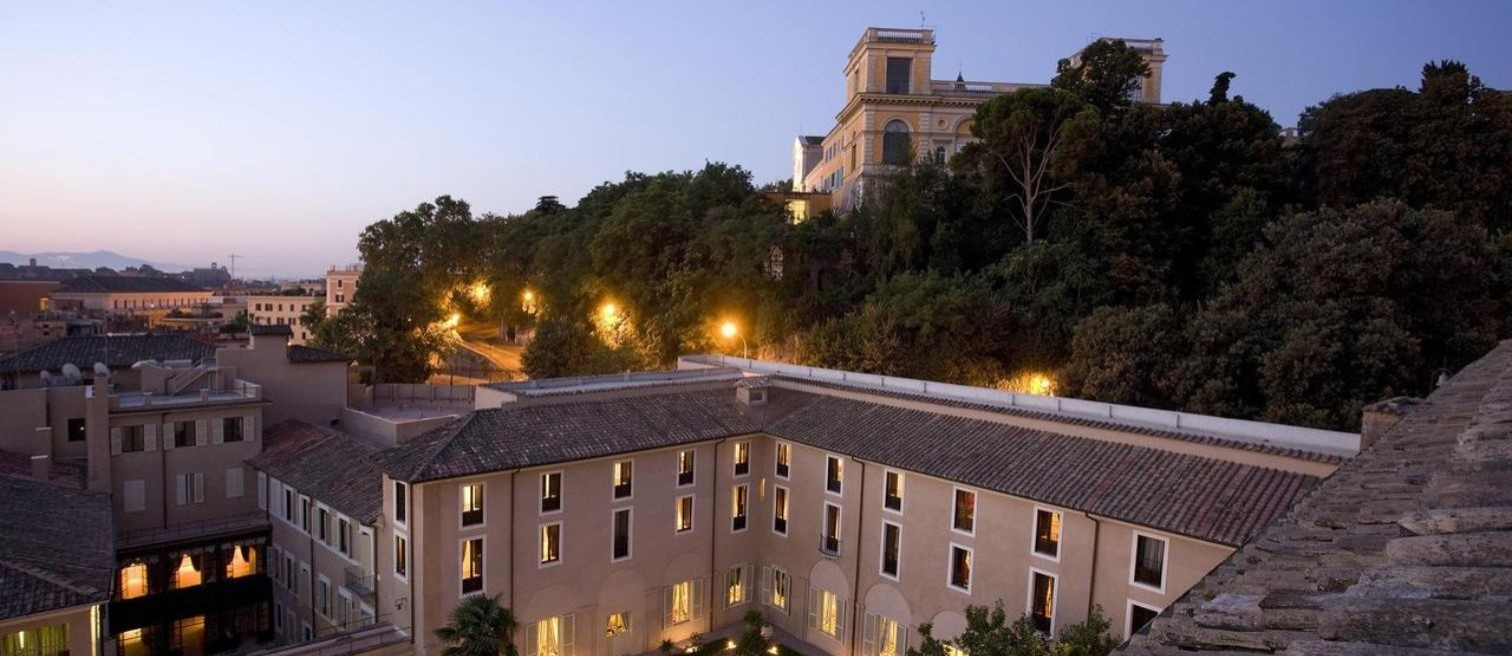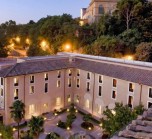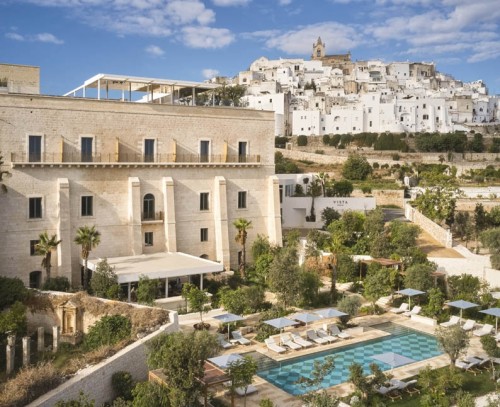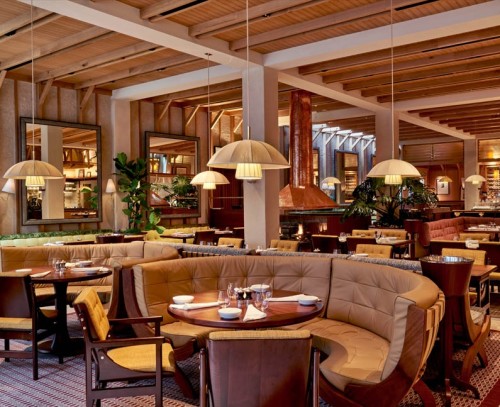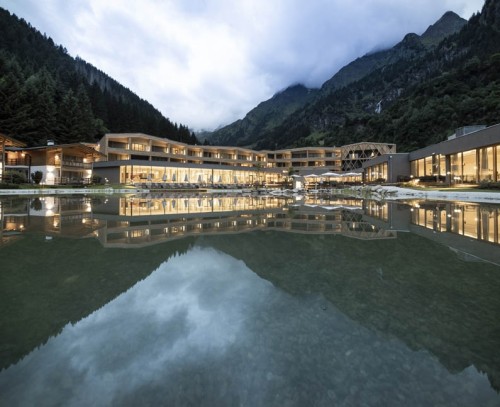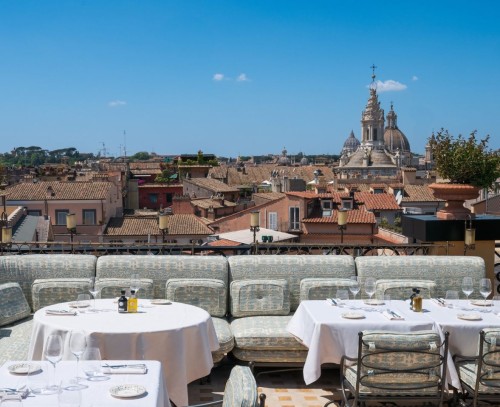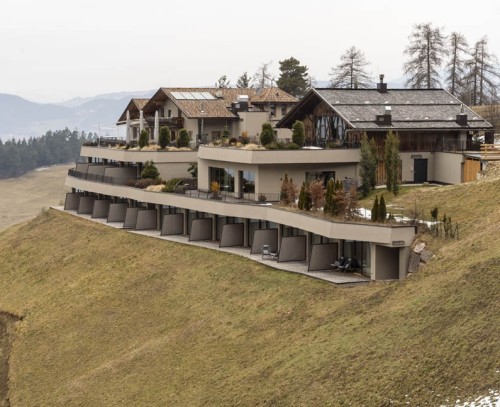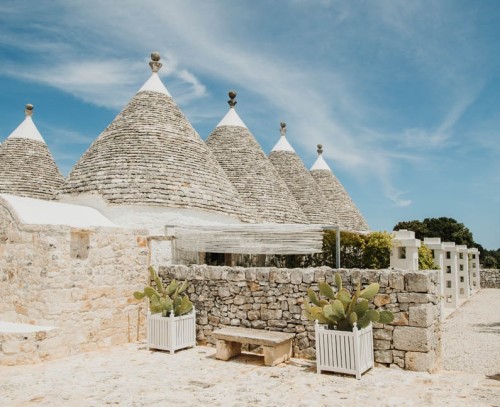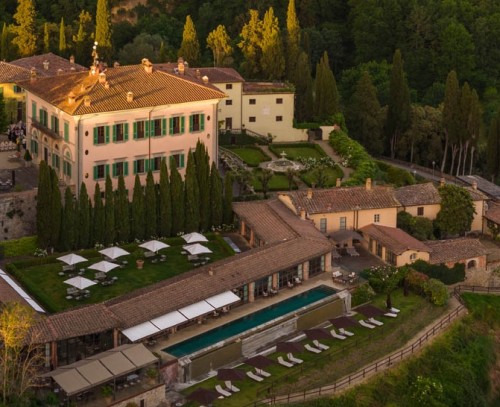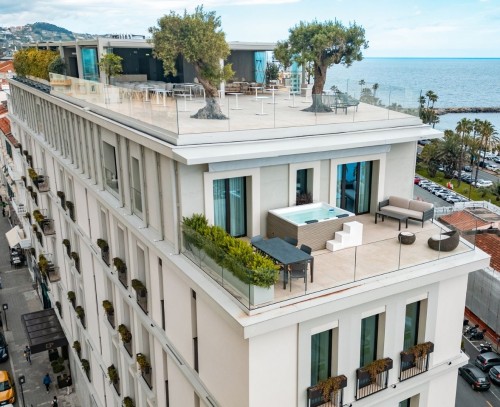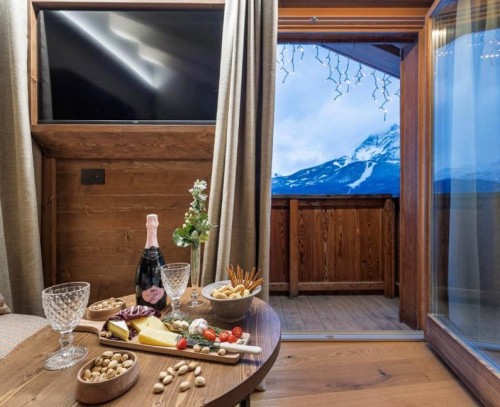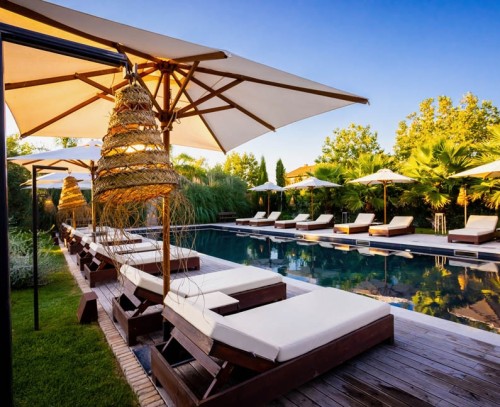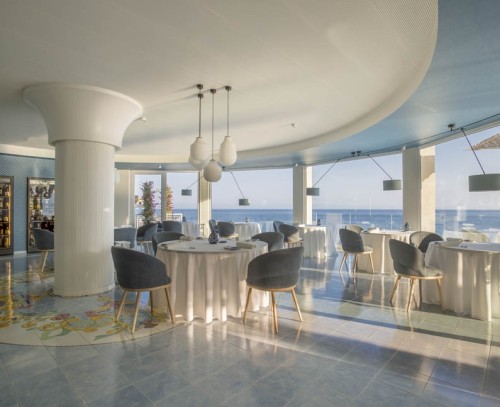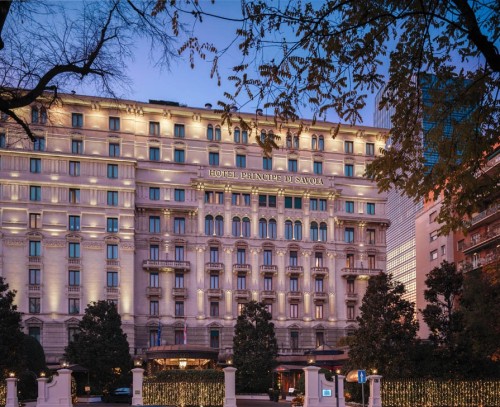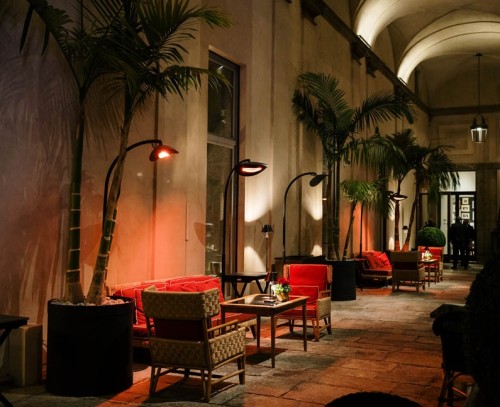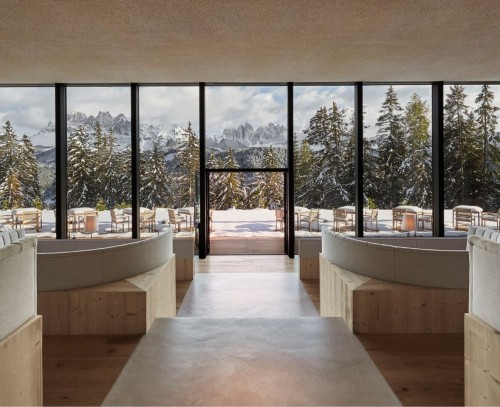If you, too, have always been bored with “faux antique” style suites, be aware that here you'll find yourself sleeping in the former lodgings of the nuns, where exposed beams and furniture of yesteryear embrace double sitting rooms and glimpses of the geometric cloister park. For its part, the kitchen remixes the regional larder in current form, thanks to chef Emidio Gennaro Ferro's study of Campanian cornerstones.
The hotel
It is just when you think you know the Urbe inside out that the unthinkable pops up from an ordinary street. Like a convent just a breath away from the bustle of Trastevere, designed by none other than Borromini in 1642 and converted into a luxury hotel under the banner of VRetreats. Not the usual soaring palace in the midst of a tourist bedlam, but a discreet point of light to brighten the picturesque Romanity of the “movie district.”
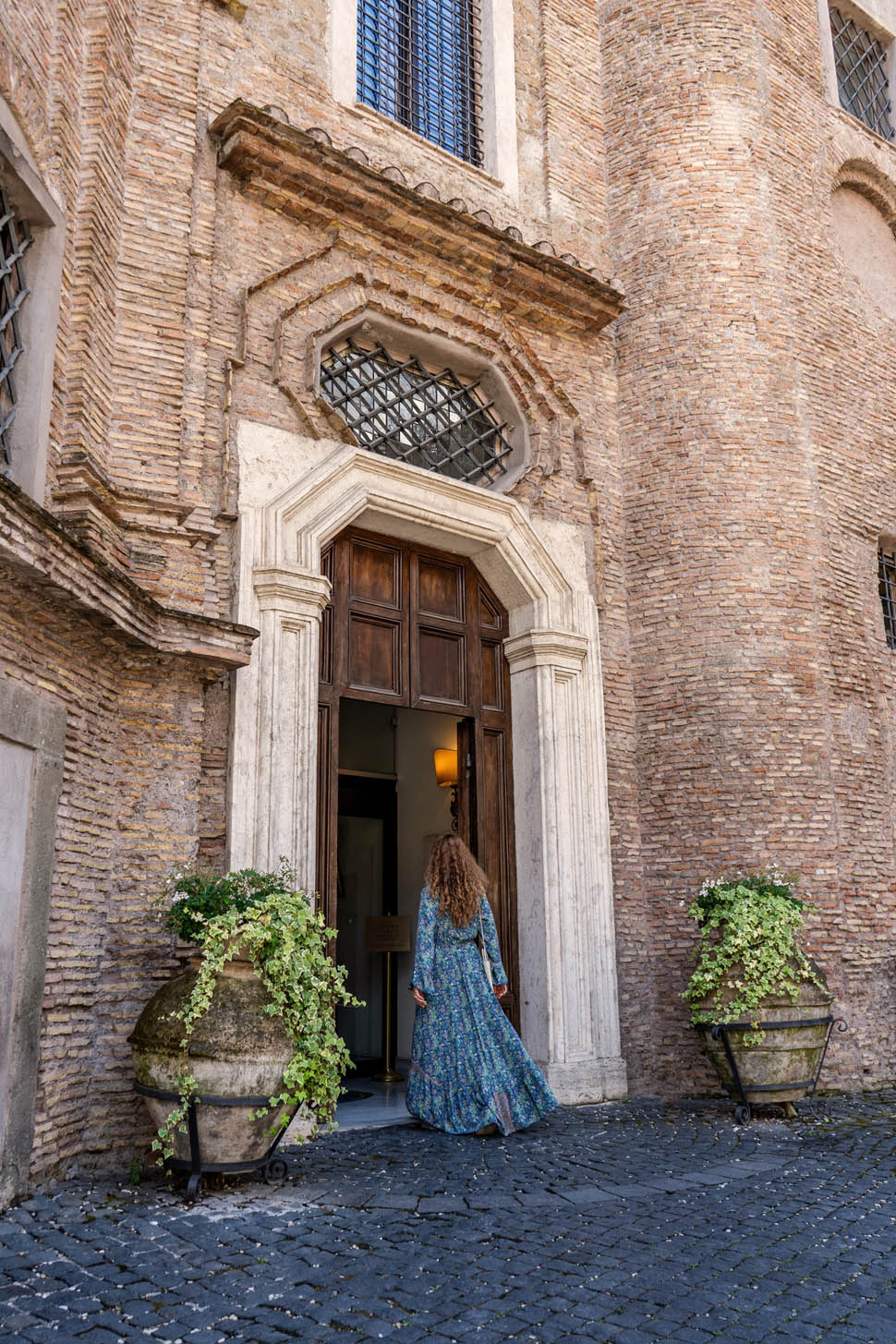
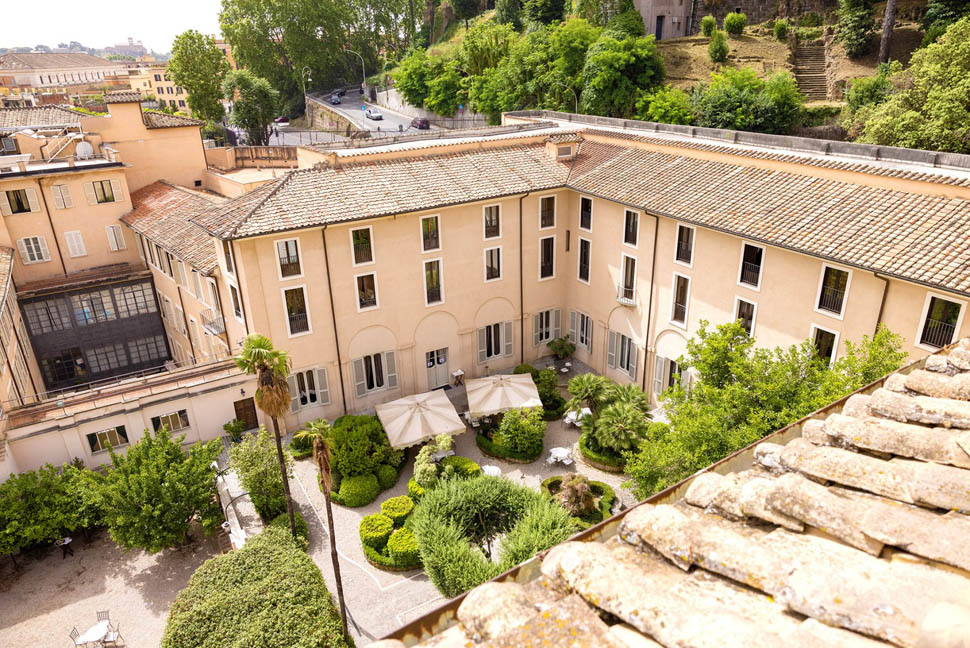
We are talking about the Donna Camilla Savelli, a fortress with an adjacent little church that can still be visited, pulled up at the behest of the ambitious Duchess Camilla Virginia Savelli (wife of Pier Francesco Farnese) with the intention of housing Augustinian nuns in a placid refuge shrouded by the scrub above the Janiculum Hill. Since to enter it today seems almost like a museum: each room, niche or sculpture traces live the chronology of the past 400 years, in a kind of storyboard that lays bare the hidden forms of the city core.
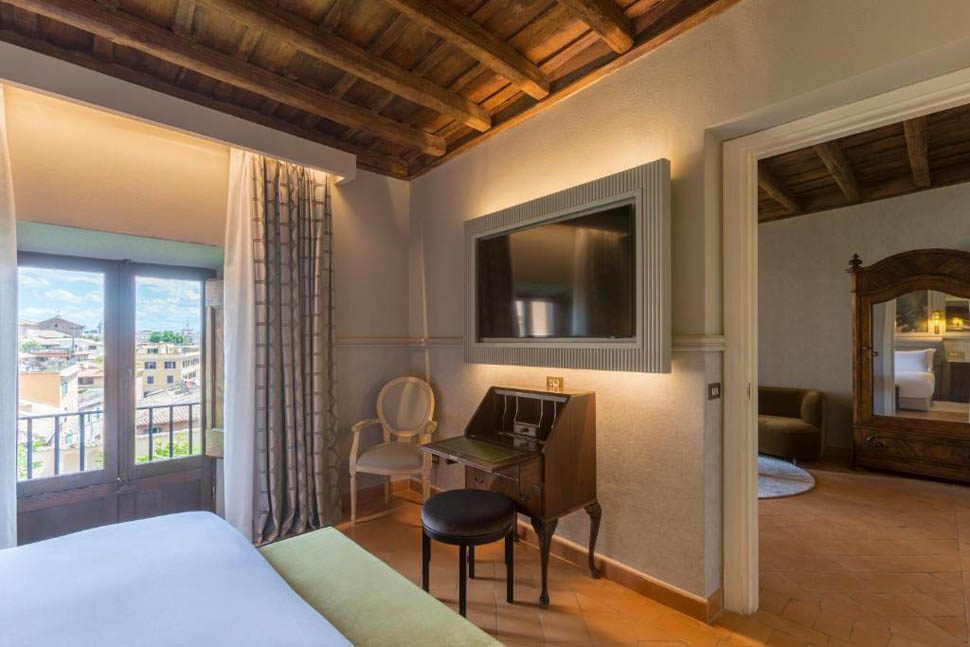
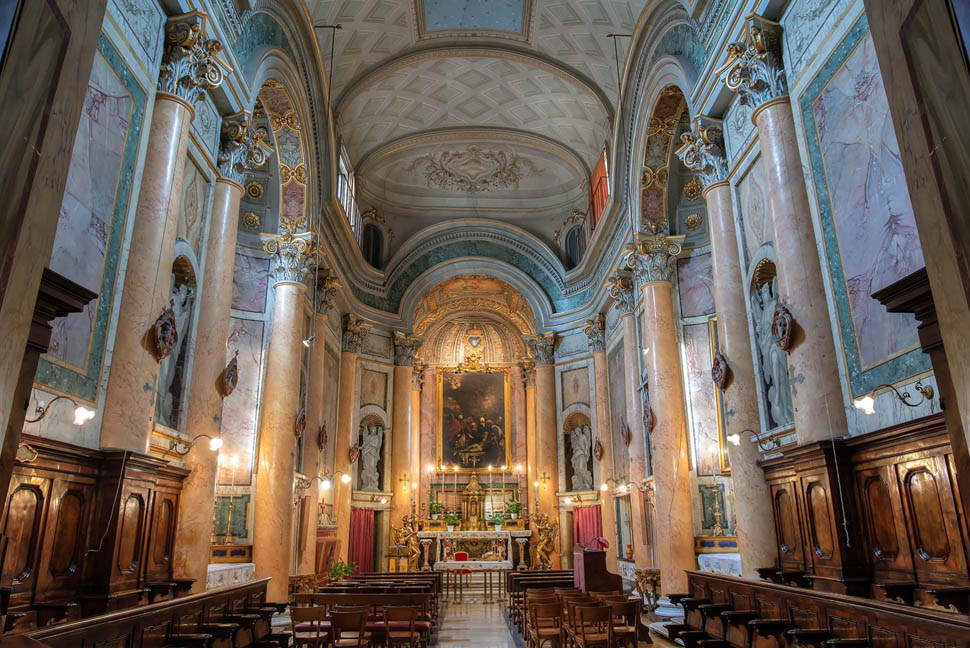
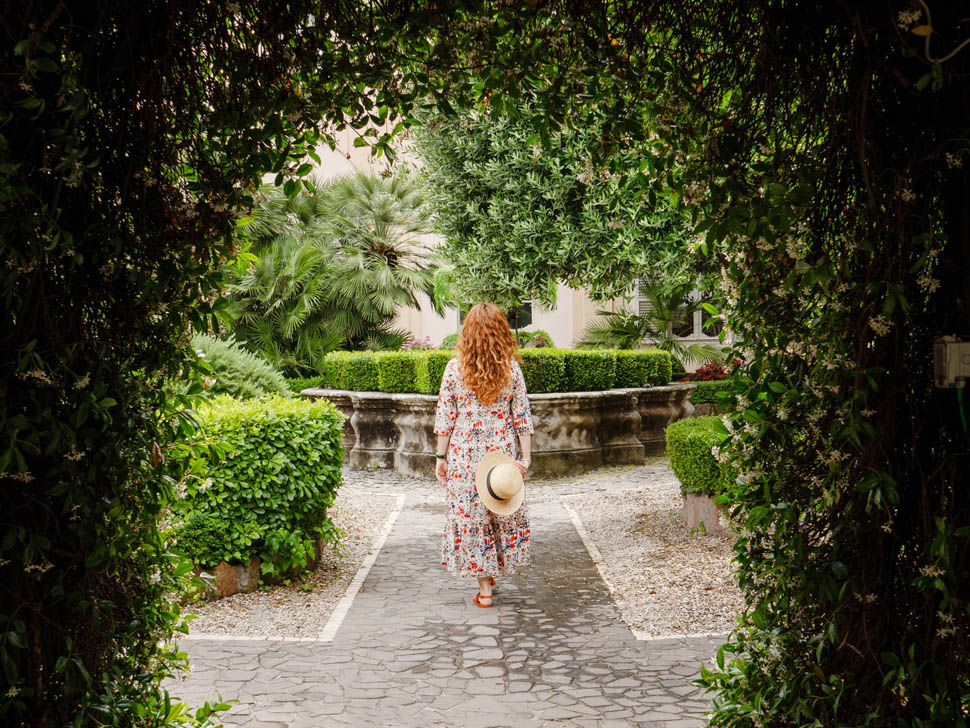
If you, too, have always been annoyed with faux-antique suites, know that here you will find yourself sleeping in the former lodgings of the sisters, where exposed beams and period furniture embrace double sitting rooms and glimpses of the geometric cloister park, suddenly taking on opulent guises.
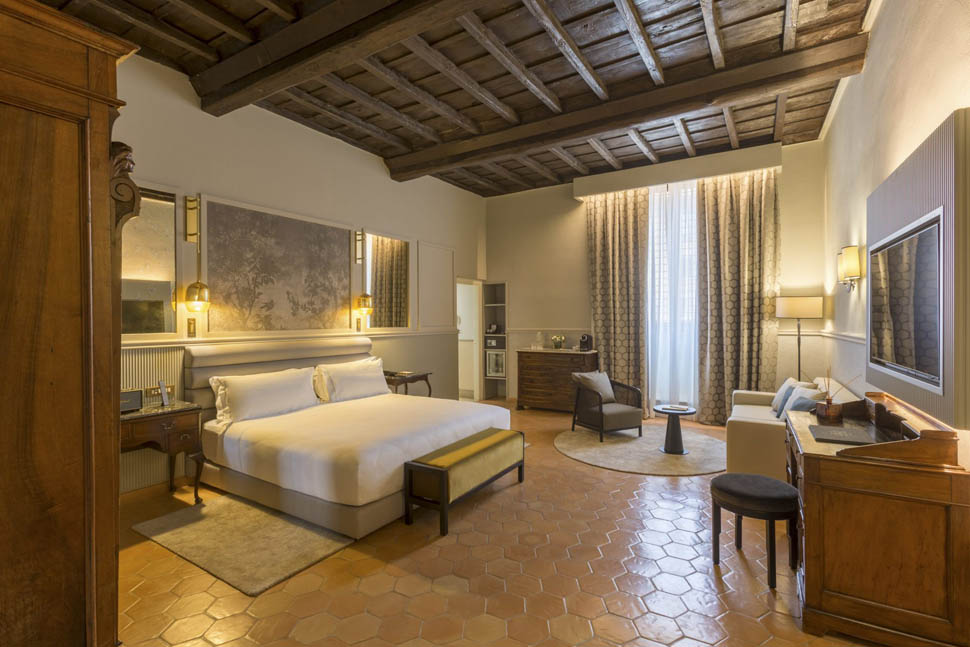
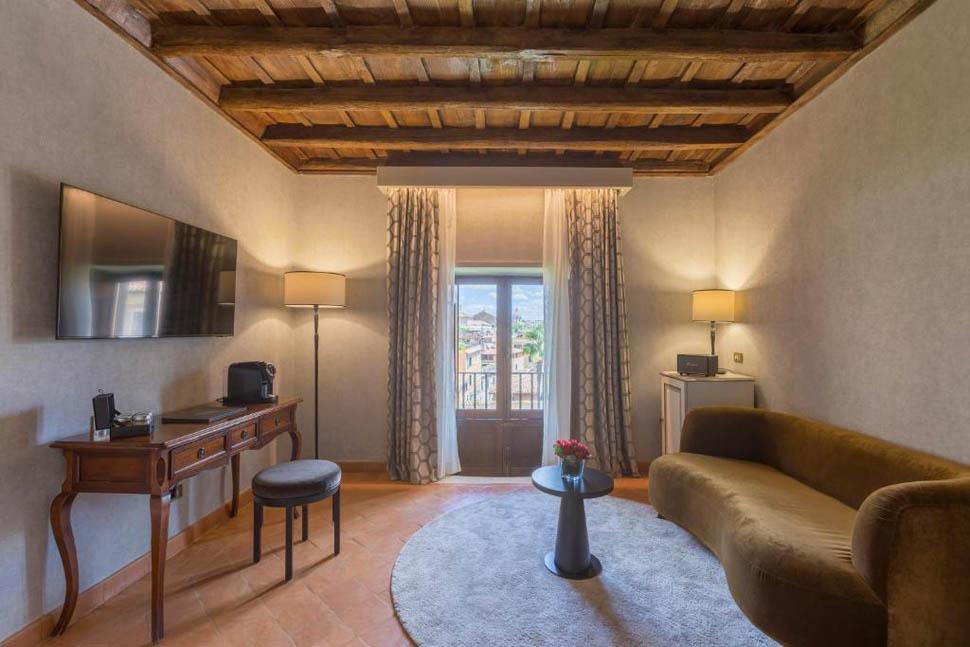
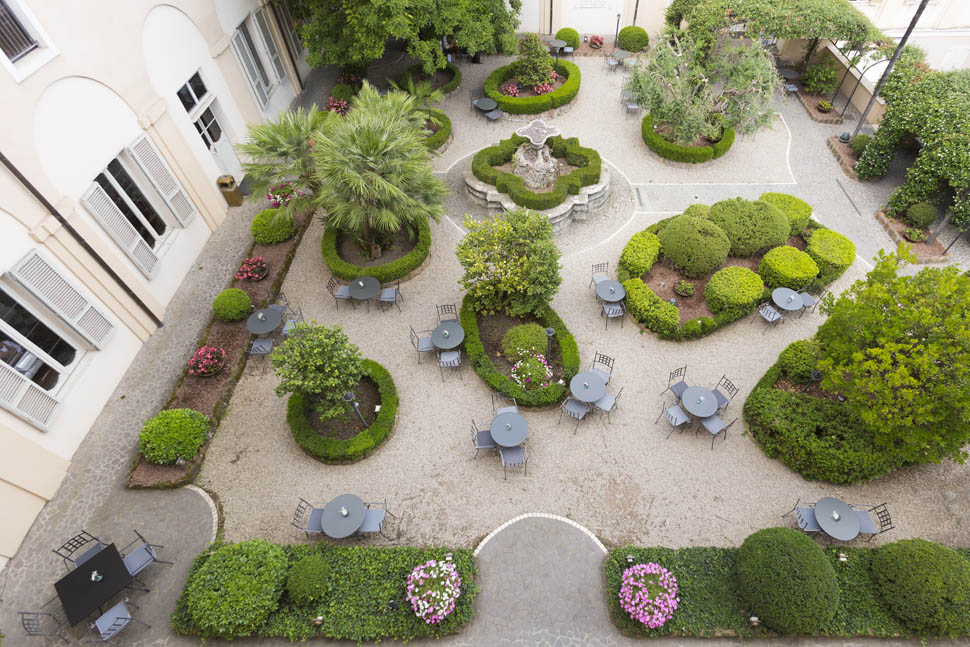
A time machine prepared to also invest in the ritual of breakfast, thanks to the "back to '600" of the tables set in the Gran Sala Borromini. In fact, one eats at the old refectory, among the pigments of the Renaissance canvases and the sturdiness of the walnut seats. Cappuccino and brioche? No, thanks -or rather, not only. In total contrast to the antiquarian set, squares of white pizza and mortadella, XL maritozzi, ricottine from Lazio and salty Italian-style croissants end up on the plates, while the tourist squints and the natives find easy remedy to the usual intercontinental offerings.
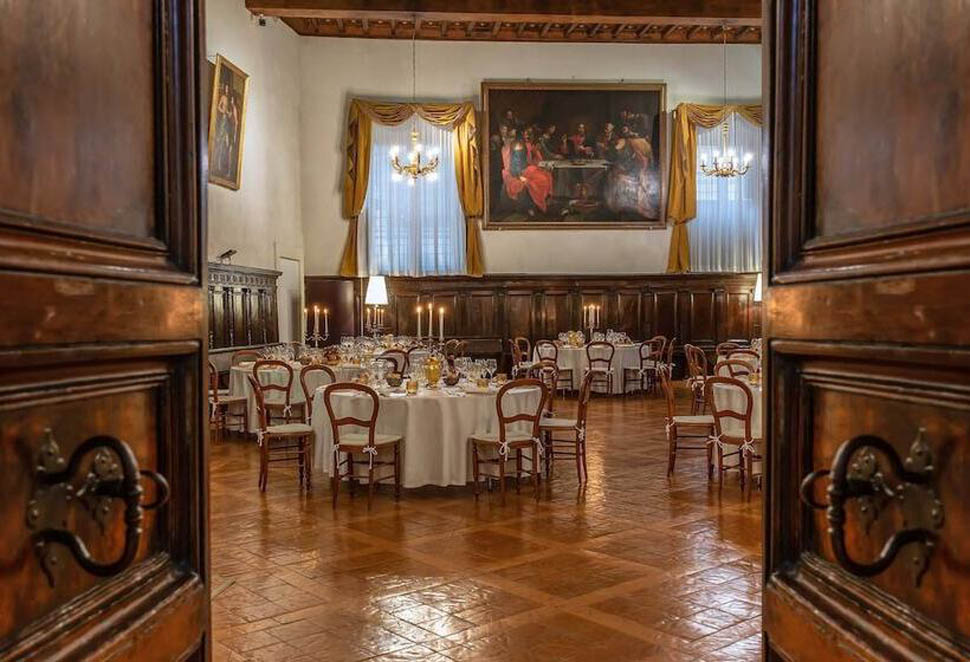
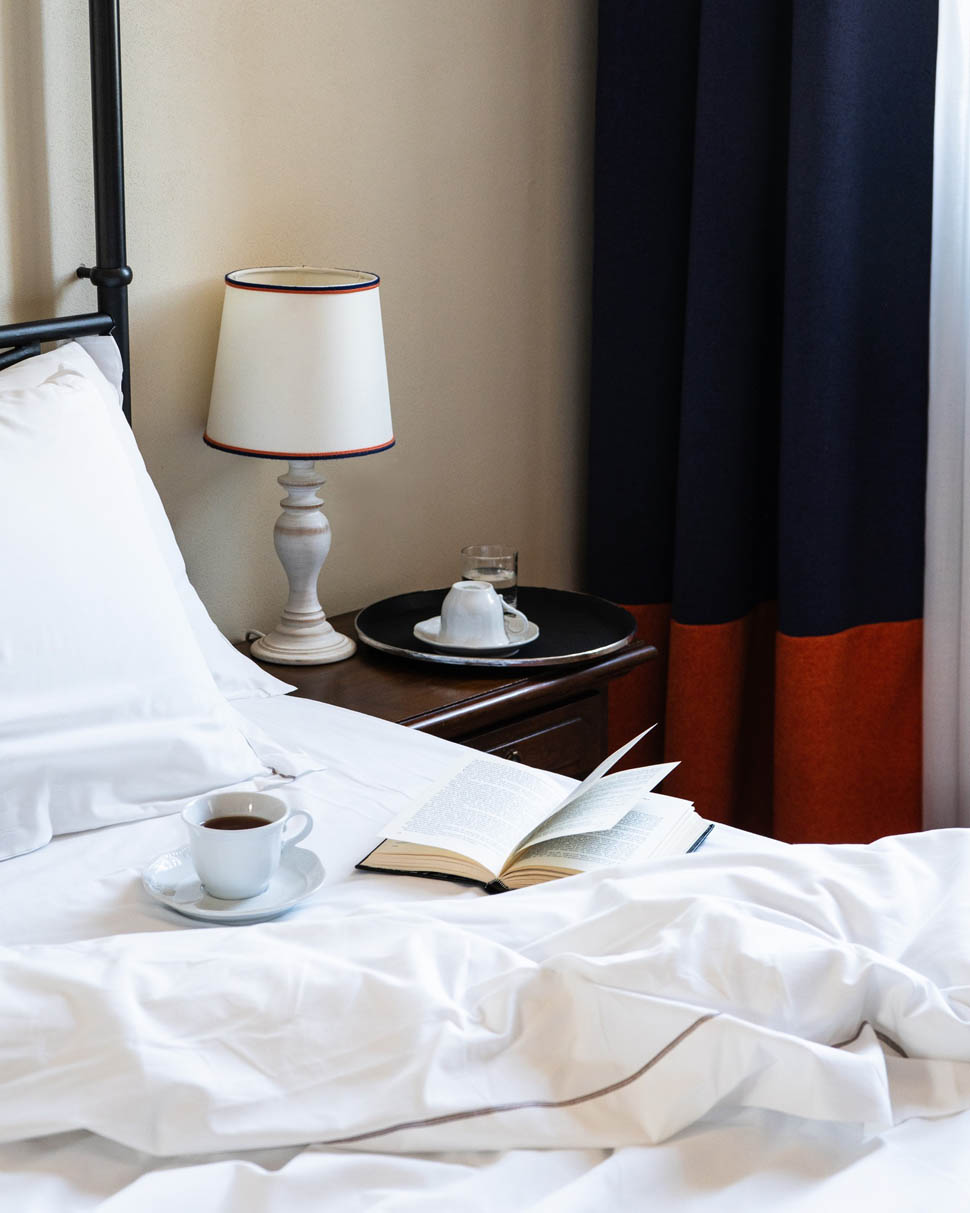
To work off the overdose of salts and sugars, then, there's always the trek of steps up to the terrace that draws the Baroque building's floor plan from above: a locus amoenus lashed by the evening “giannetta”, light breeze, and populated by devotees of the express appetizer.
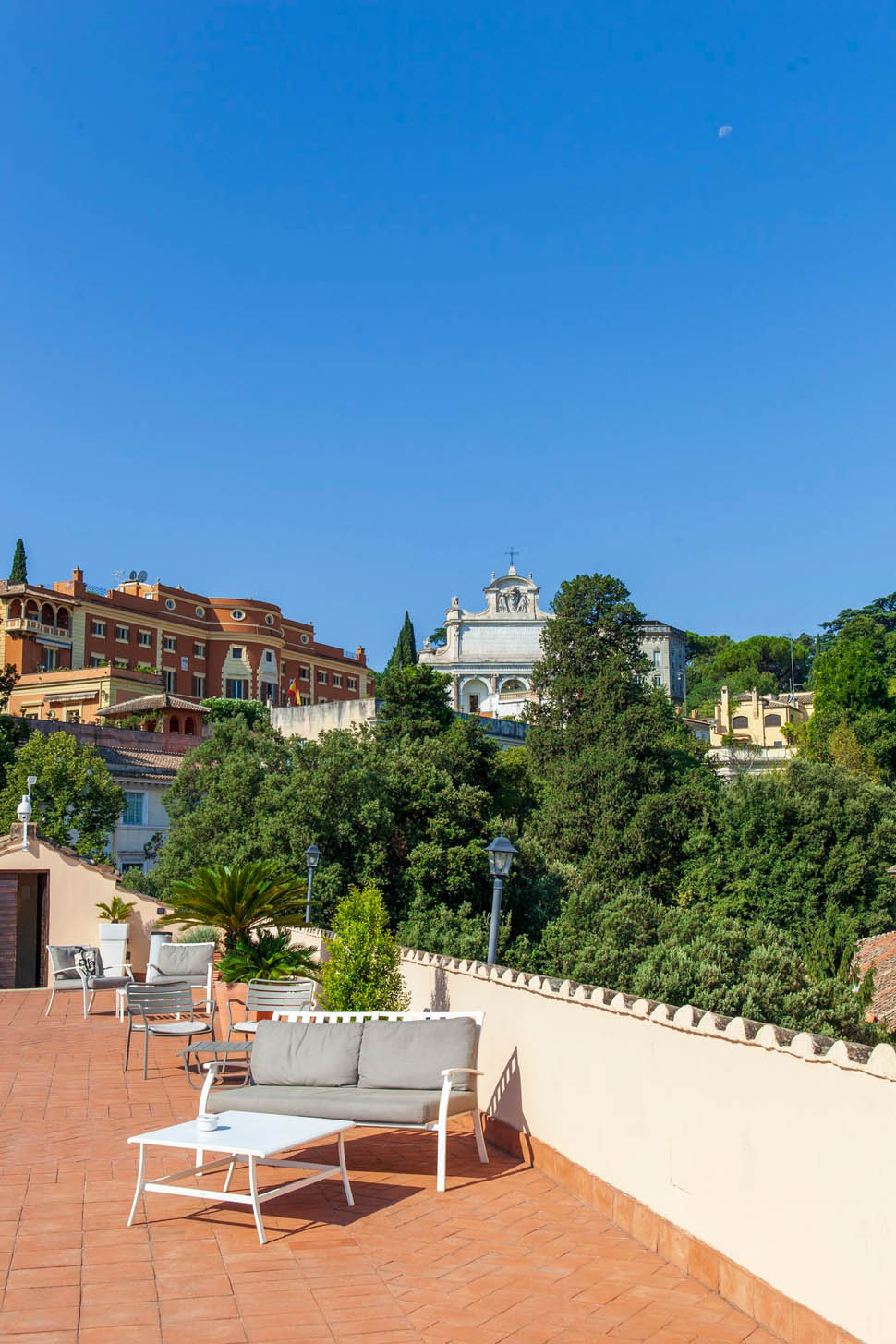
The Restaurant
Speaking of dinner, it will be a far cry from the slew of carbocreme and overcooked cod filets that rage a few alleys ahead: at Ristorante Ferro e Fuoco you're in Trastevere without feeling like you're in Trastevere. An unusual sign, the one headed by Campania chef Emidio Gennaro Ferro, which consciously aims its crosshairs at clientele craving novelty, remixing the regional larder in current form. The result is an interlocking interplay between the veracity of Neapolitan icons and the strong dishes of Mamma Roma, structuring the individual tastings as so many puzzles of recomposed memories.
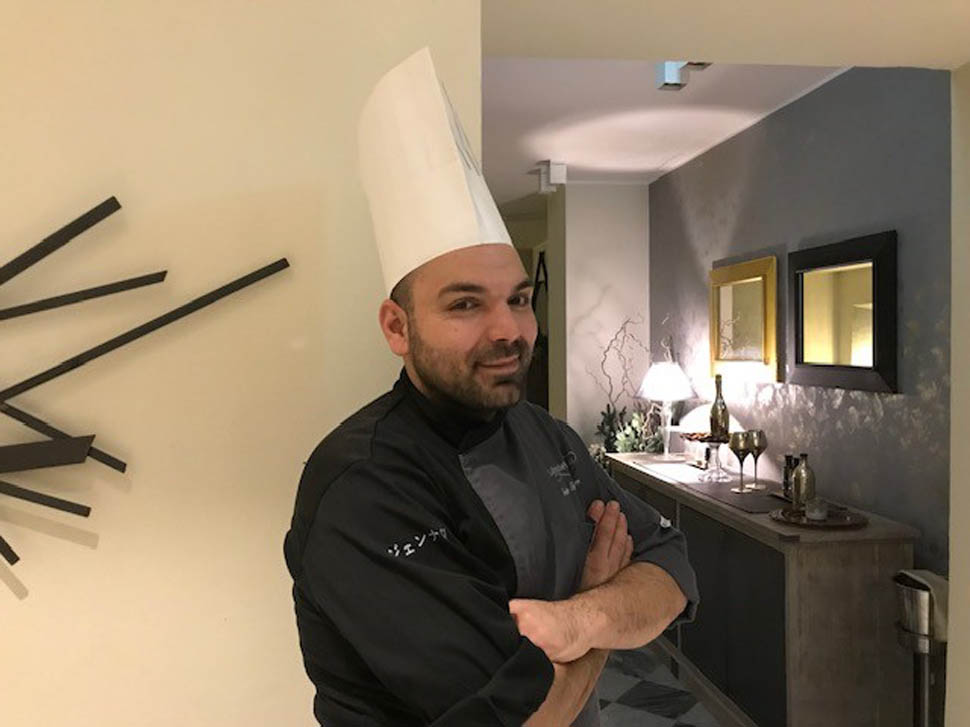
The advantage of late-summer nights is being able to dine in the garden, with a full wide-angle view of the convent that once was, while the change of season sees guests congregate in a curiously minimalist-designed, intimate room. Whatever the set, the team moves loosely shortening brigade-commensal distances, bolstered by a young crew that selects the right labels from an expanding cellar.
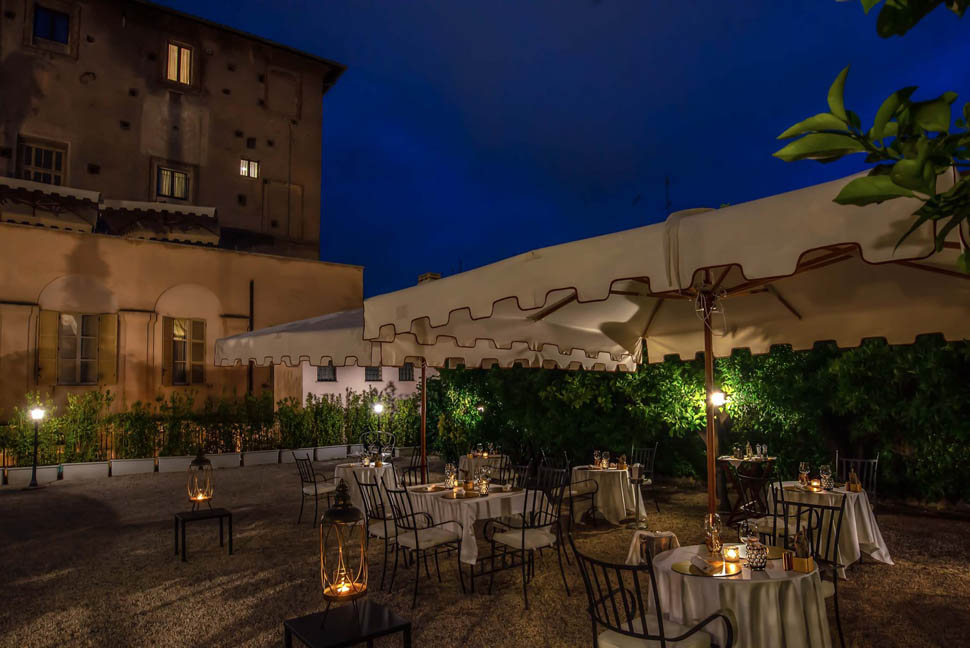
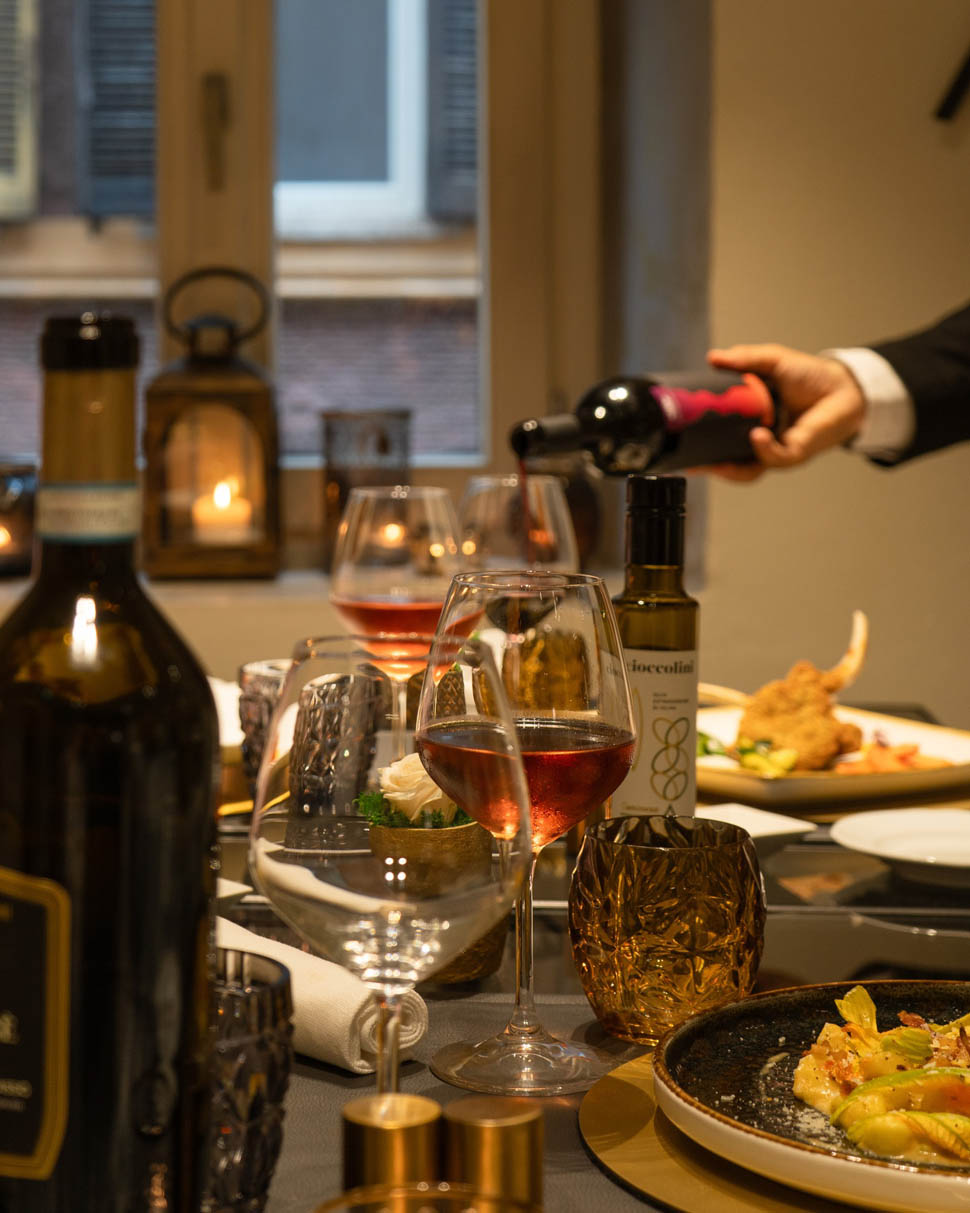
Spoiler for yeast aficionados: the tasting takes its first steps on the already beaten path of the montanara, which, however, the kitchen treads in its own style, pushing the browning just enough to create a vivid contrast with the soluble crumb. Above, a shade of tomato and fresh basil; praise for informality that brings us back down to earth, calling Ferro's country childhood to the roll: having lived in a family of agricultural entrepreneurs, he now preaches in toto the sacredness of the product, turning away from easy, prissy combos (not coincidentally, the recipe draws from the domestic wisdom of his grandmother, accustomed to preparing snacks with leftover stuffed and fried doughs).

The tasting menu
To strengthen the concept, on the finger carousel quickly jump an Idea di Caprese -the skin of the tomato as a wrap, which in the mouth opens an unexpected surprise of mozzarella-and the cod in Mediterranean sauce, finished with olive powder and crumbly wafer with squid ink. Just enough time to bite into Renella's bread (a well-known bakery with a record of seniority in the neighborhood, dating back to 1870) and here comes the Ferro “maison” oil, sourced from the chef's farm in Campania. In the same informal vein, the introductory course fishes straight from the backyard, in a stylized country portrait: thus, the humble egg poché becomes “king” thanks to a stole of Provolone del Monaco PDO from the Sorrentine Peninsula and the eye of Paestum artichokes with crispy leaves. A small lava flow to be dabbed with scarpetta strokes, with the vacuum-cooked yolk slowly overflowing, rejuvenated by the hints of turmeric in the topping.
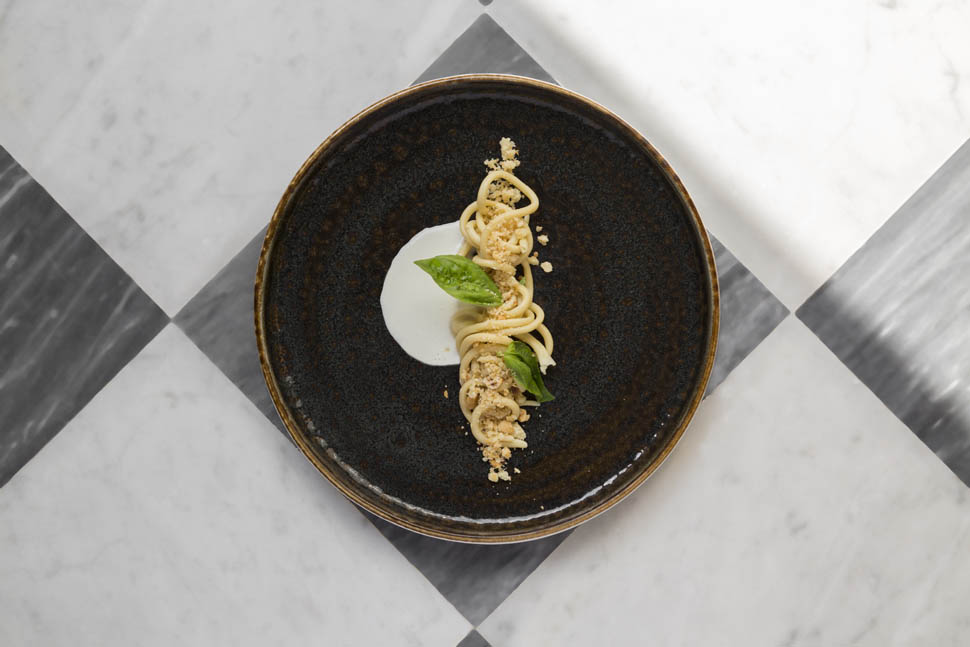
Skipping the classic index of Roman first courses is Fusillo di Felitto with Colatura di Alici di Cetara, Bufala and Giffoni PGI Hazelnuts. In spite of the name, this is a long macaroni born in the eponymous village of just 1,000 residents, with skillful processing aimed at manually shaping the tough format. Then, cream on the surface to mitigate the callousness of the pasta and a salty spray that in turn balances the jump in dairy fatness. The south clinging to the tines of the fork, from the beach to the dairy, to the stores of Salerno's medieval towns. Dismantling and reassembling the notion of "saltimbocca” is the most centered main on the menu, consisting of stuffed veal filet-high and thick for a lunge of extra tenderness - along with quenelles of semolina gnocco, endive and reduction of Malvasia Puntinata. Beyond clichés, a projection on the plate of the Latium areale, with the smoky shadow of seared vegetables matching the crust of lightly caramelized meat.
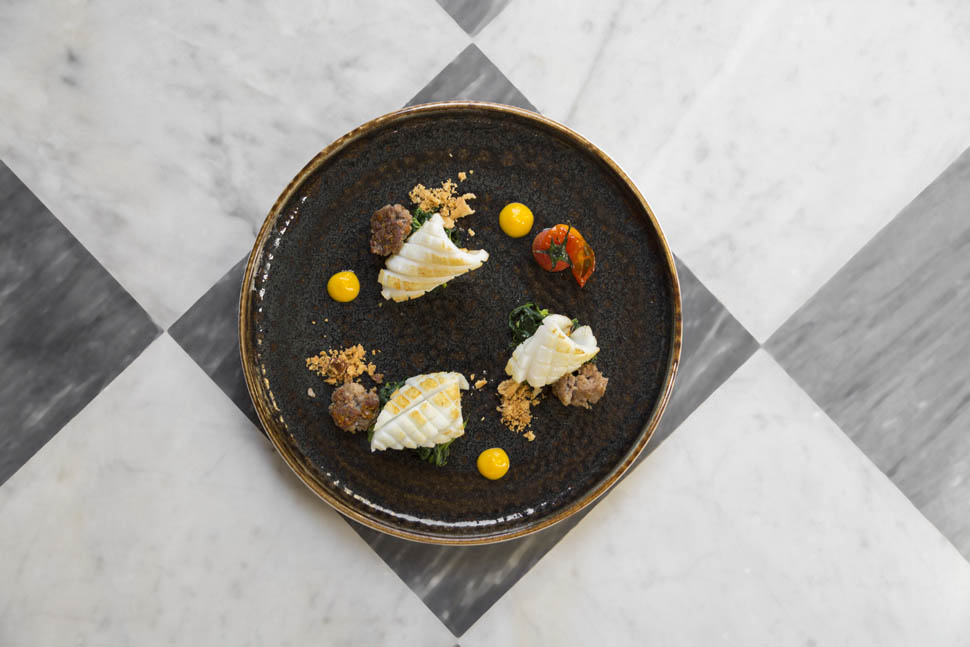
Less incisive is the Calamaro salsiccia e friarielli, ginger carrot cream, Neapolitan tarallo and tomato powder, where the intensity of the “earthy” elements leaves little leeway for the fish. The final sprint is accomplished by the Crunchy Ricotta and Pear with Limoncello di Limoni Amalfitani, precise in its fruity momentum that encompasses dessert and digestif. The pummeling coastal fragrance precedes the spoonful, the citric degreases the opulence of the ricotta from the Monti Lattari. Who would have thought that a menù from Campania could hold sway in Trastevere.
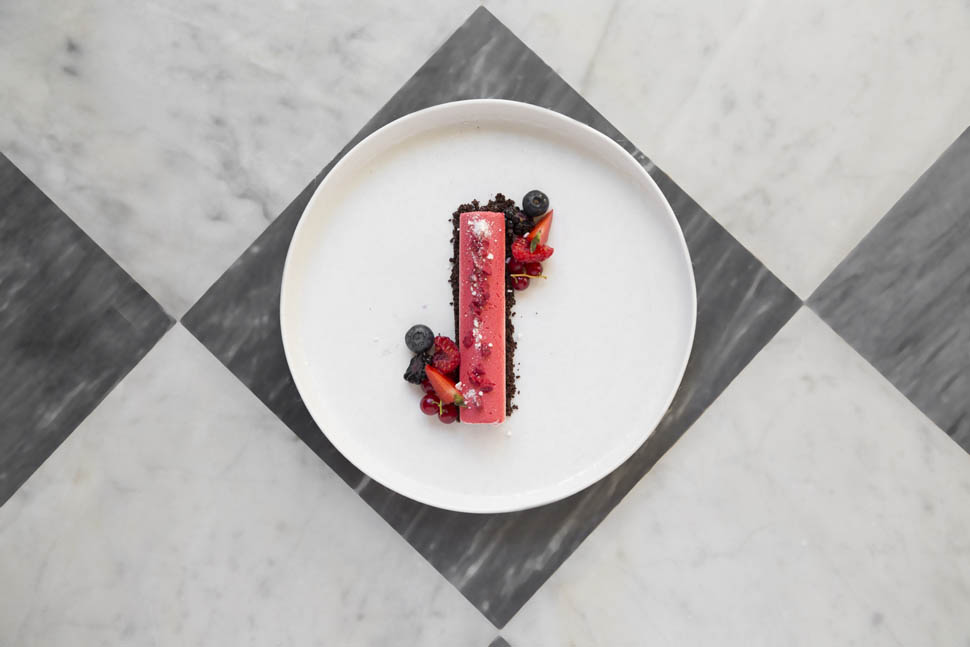
Via Garibaldi, 27, 00153 Roma RM
Telefono: 06 588861
